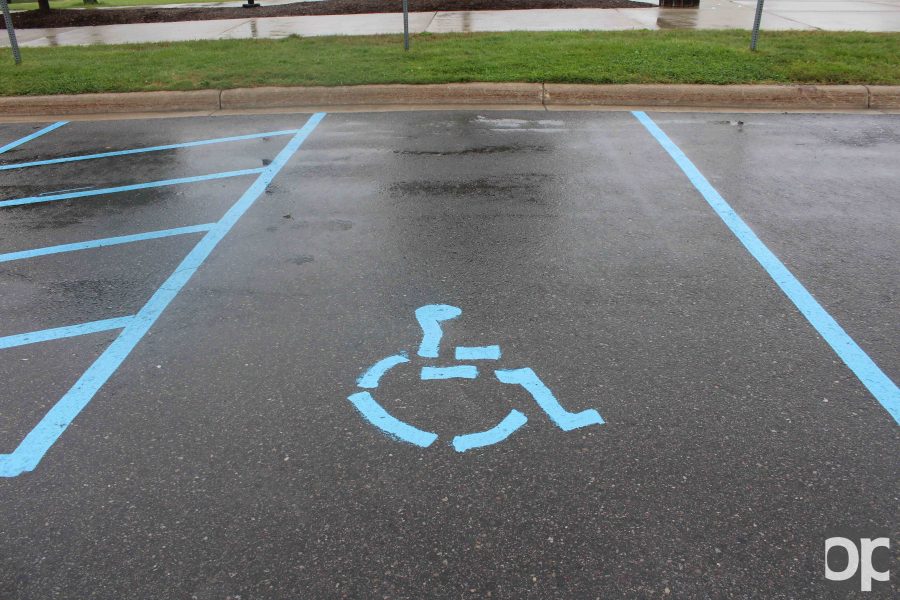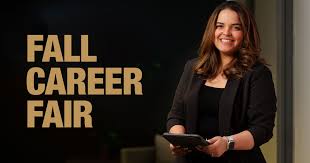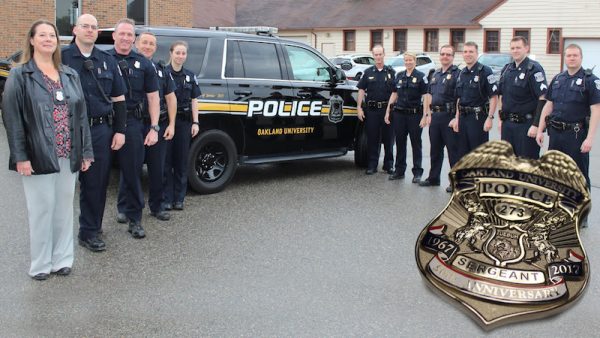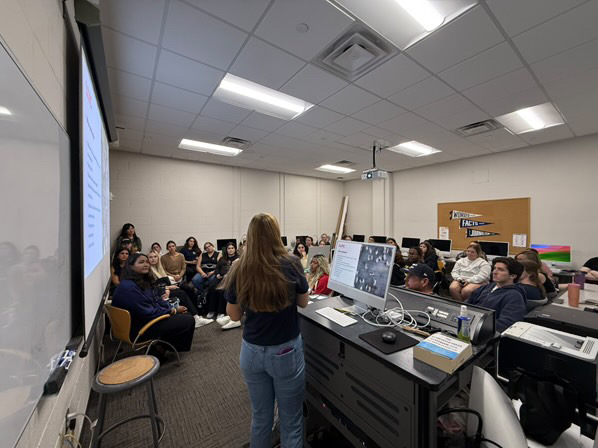Students and staff tag team the issue of accessibility
Student Congress and the Office of Disability Support Services offer temporary fixes and promised lasting change for campus accessibility.
Disability Support Services office in North Foundation Hall listens to all issues concerning student accessibility.
The issue of university accessibility has changed from a campaign trail promise to Oakland University Student Congress (OUSC) policy.
And in the time since, the efforts of both the Office of Disability Support Services (DSS) and OUSC have either been actualized or ensured.
OUSC President Zack Thomas brought the issue of accessibility to the forefront of his campaign last fall. Among other things, he promised the partially dilapidated amenities to be updated, and ensured that no one would have to wait longer than needed to find an accessible bathroom.
This crusade started with a point of inspiration that jolted both Thomas and his physically disabled friends.
“Some of our closest friends were struggling to get around,” Thomas said.
“One time I was walking with one of my friends and we had to cross diagonally on Meadow Brook Road because the ramps didn’t line up. And we almost got hit by a car.”
Since the enactment of the goals set by Thomas, Director of DSS Linda Sisson has measured promising effects on campus.
“There was definite progress,” said Sisson. “And the force that really brought that progress was the students.”
The list of implemented changes on the OUSC website tells the story of current successes best. Among those changes are:
- A new sidewalk along Pioneer Drive
- Repaired crosswalk between Oak View Hall and Vandenberg Hall
- Repaired craters on Bear Lake Bridge
- Repaired on-campus sidewalk craters
“I know sidewalk fixes aren’t that exciting,” Thomas said. “But to us they are, because it allows better access on campus.”
The lasting effects can be seen in the plans for the future Oakland Center Expansion, with the implementation of changes in accessibility in nearly every aspect of the design.
Students are encouraged to support and participate in these initiatives by reporting any barrier or obstacle that hinders their accessibility. This can be done through the DSS website or in person at the Office of Disability Support Services in North Foundation Hall.
“Students, faculty, staff, when you see something, say something,” Sisson said. “The DSS is a good place when it comes to accessibility issues or barriers that you observe.”
Students can also got to the DSS website for an updated map of ideal routes for those with physical disabilities.






